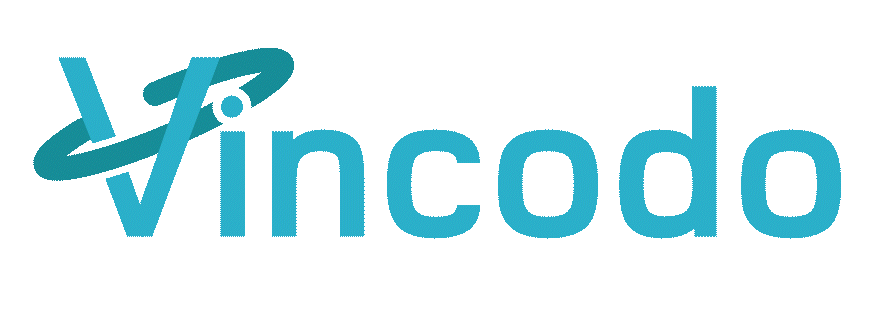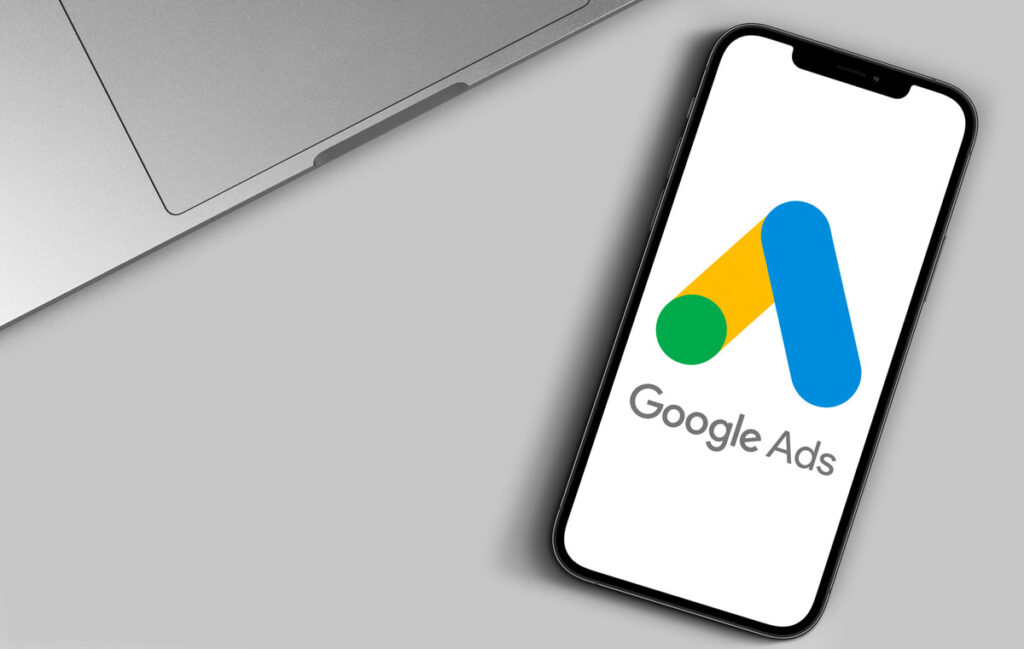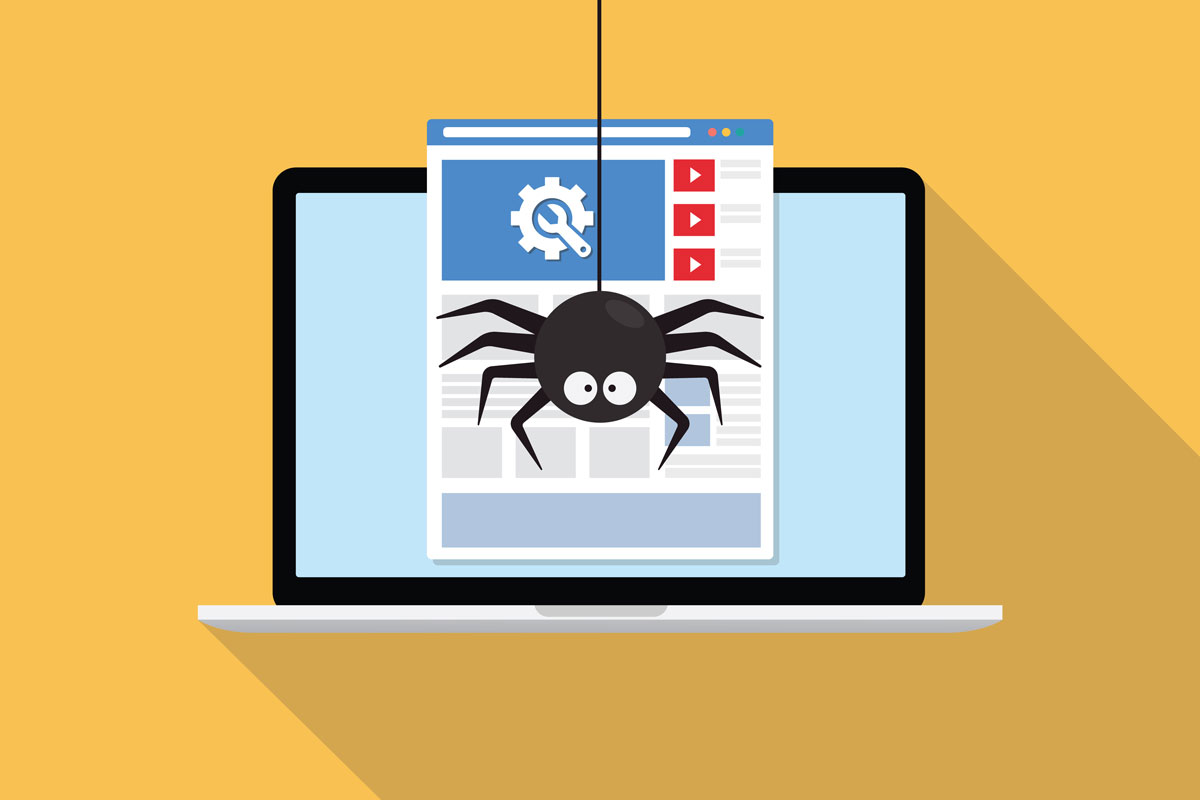We are closing in on the one year anniversary of the rollout of Google’s Ad Extensions feature to the general advertising public, but there has been little ado about how well the feature set improves your ROI. The Kool-Aid Drinking Brigade (aka as your Google Account Rep) is selling it their clientele so aggressively you would figure they were getting spiffed a bonus for every upsell. They tout all these wonderful studies they’ve conducted internally showing improved click rates, but get stumped when you ask them how did it perform on the backend.
So what is a marketer to do? Should I or shouldn’t I apply Google’s Ad Extensions?
The biggest challenge for every marketer in choosing to apply Google’s Ad Extensions has been dealing with Google’s faux pas in placing the feature on the campaign level of their hierarchy. To implement Ad Extensions, an advertiser must make significant changes to their campaign, often requiring exponential campaign creation and extrapolation. The campaign is supposed to just allow marketers to control their budget, manage their targeting and direct how they wanted high-level functionality (network distribution, ad rotation) to work on their campaign. It was never intended to drive relevancy, but that is the conundrum facing marketers due to Google’s misstep in their technical development.
We recently dug in with our clientele to do the heavy lifting and figure out exactly how effective Google’s Ad Extensions were in delivering ROI. It was no easy task given the manual work entailed for setup and that Google still doesn’t offer API connections to SEM platforms for Ad Extensions. The increased clicks that Google touts in selling the feature are a self-fulfilling prophecy because more links means more real estate which means more clicks. The goal of testing was to determine whether the incremental clicks being received are valuable.
Here are the highlights we found in our testing of Google’s Ad Extensions featurette Sitelinks:
- CTR for the combined Headline/Sitelinks unit increased on average by 60%
- Ratio breakdown of clicks were 94% Headline to 6% on Sitelinks
- Conversion rate to a lead/order for Sitelinks click was 40% higher than the Headline click
- Overall conversion rate declined by 14% for the overall unit
Our hypothesis going into the test was that Sitelinks would create substantial CTR improvements, similar to those in the Google brochures upselling the feature, but that the incremental clicks received would not be of the same quality. Our tests proved that hypothesis correct, displaying that the incremental traffic being received converted at a rate 37.3% lower than the control metric. Additionally, the conversion rate for the Headline actually declined.

This substantially lower conversion rate is pause for concern for advertisers. To achieve success, this means that the CTR% improvement has to improve your Quality Score high enough to offset that decreased conversion rate, and needs to increase by a blended rate of 14% to maintain similar ROI performance figures. For most advertisers, this means that Sitelinks are not going to be the right decision for your campaign based on a simple view of just ROI outside of your brand terms. In our testing, we found situation where sometimes the CPC change was substantial enough, but in other cases it wasn’t. Hit and miss.
We did find some interesting secondary findings within the test that we were not expecting. The most significant finding was the impact that Sitelinks simply being enabled had on keywords that prior to the test maintained average positions between 3.5 to 5.0. As advertisers are aware, Sitelinks are currently only displayed for top-positioned ads, so evaluating performance difference between terms with top-positioned versus side-positioned ads is key.
 Our testing found that Sitelinks being enabled had a significant influence on improved Campaign and Ad Group level Quality Score, which helped influence CPC and Average Position for terms in the underlying campaign that weren’t in the top-positioned spots that would allow for Sitelinks to be triggered. In summary, Google’s algorithm choose to improve average position for historically side positioned ads to a top-positioned status so they could display the Sitelinks that would increase the CTR. This improved position was achieved often without increasing CPC to achieve that new position. For marketers, this is coup of grand proportion as it has been well documented the increased ROI and consumer consideration that is provided top-positioned ads. Our findings showed that gains achieved by getting your ads moved up the board for no additional cost could offset some of the declining ROI for terms that were already in top-positioned spots prior to Ad Extensions application.
Our testing found that Sitelinks being enabled had a significant influence on improved Campaign and Ad Group level Quality Score, which helped influence CPC and Average Position for terms in the underlying campaign that weren’t in the top-positioned spots that would allow for Sitelinks to be triggered. In summary, Google’s algorithm choose to improve average position for historically side positioned ads to a top-positioned status so they could display the Sitelinks that would increase the CTR. This improved position was achieved often without increasing CPC to achieve that new position. For marketers, this is coup of grand proportion as it has been well documented the increased ROI and consumer consideration that is provided top-positioned ads. Our findings showed that gains achieved by getting your ads moved up the board for no additional cost could offset some of the declining ROI for terms that were already in top-positioned spots prior to Ad Extensions application.
Google’s Ad Extensions, and particularly the Sitelinks featurette, appears to have some pros and cons for marketers to consider. Our research is suggesting that if you are already top positioned, you’ll get incremental volume but there is no guarantee that you’ll get the CPC savings necessary to offset the lower quality clickers that are going to come by for some window shopping. And if you are expecting lots of clicks on those specific Sitelinks, think again. But if you look outside the box, there is a potential huge upside if you have many ads riding in the top right positions of 3.5 to 5.0 to get a boost in position without a CPC increase along with exponential clicks.
Long story short, give Google’s Sitelinks a try and make sure that the incremental traffic is what you hoped for. Placing it on your branded terms appears to be a no-brainer, but after that, results are going to vary depending on your marketing landscape. At a minimum, its worthy of testing given someone else success.
And when you have a moment, send a complaint to Google to get off their pittypots and place Ad Extensions at the hierachy level they belong. Ad Extensions need to be integrated at the Ad Group level like Keywords and Ads to gain proper relevancy rather than the foolish decision to place it at the campaign level that has disabled their use with standard reporting and SEM platforms and increased the potential for window shopping due to consistent irrelevancy in cooperation with the keyword search and ad copy served.






